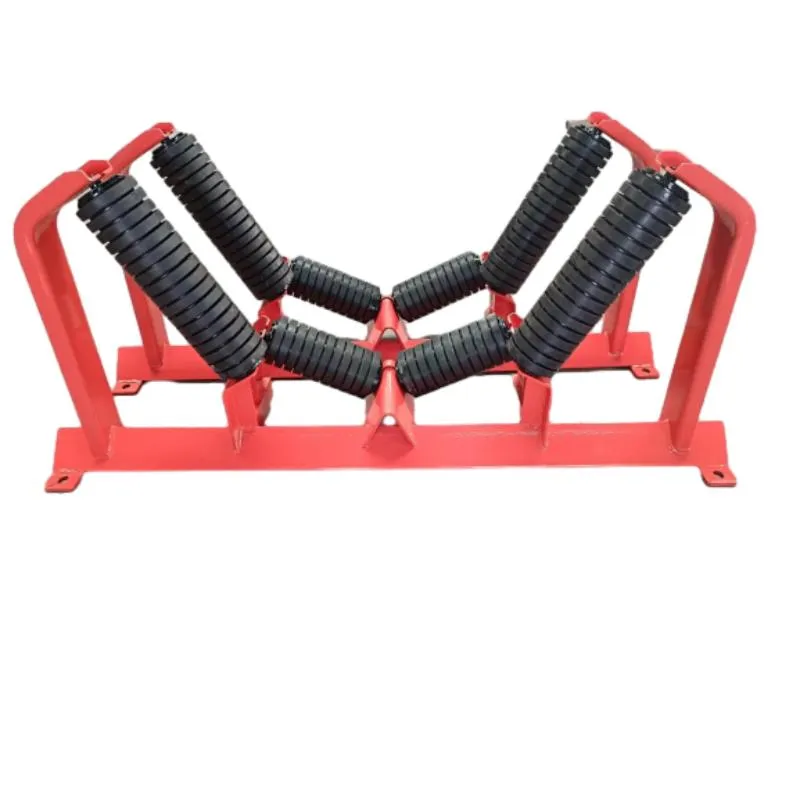 Afrikaans
Afrikaans  Albanian
Albanian  Amharic
Amharic  Arabic
Arabic  Armenian
Armenian  Azerbaijani
Azerbaijani  Basque
Basque  Belarusian
Belarusian  Bengali
Bengali  Bosnian
Bosnian  Bulgarian
Bulgarian  Catalan
Catalan  Cebuano
Cebuano  Corsican
Corsican  Croatian
Croatian  Czech
Czech  Danish
Danish  Dutch
Dutch  English
English  Esperanto
Esperanto  Estonian
Estonian  Finnish
Finnish  French
French  Frisian
Frisian  Galician
Galician  Georgian
Georgian  German
German  Greek
Greek  Gujarati
Gujarati  Haitian Creole
Haitian Creole  hausa
hausa  hawaiian
hawaiian  Hebrew
Hebrew  Hindi
Hindi  Miao
Miao  Hungarian
Hungarian  Icelandic
Icelandic  igbo
igbo  Indonesian
Indonesian  irish
irish  Italian
Italian  Japanese
Japanese  Javanese
Javanese  Kannada
Kannada  kazakh
kazakh  Khmer
Khmer  Rwandese
Rwandese  Korean
Korean  Kurdish
Kurdish  Kyrgyz
Kyrgyz  Lao
Lao  Latin
Latin  Latvian
Latvian  Lithuanian
Lithuanian  Luxembourgish
Luxembourgish  Macedonian
Macedonian  Malgashi
Malgashi  Malay
Malay  Malayalam
Malayalam  Maltese
Maltese  Maori
Maori  Marathi
Marathi  Mongolian
Mongolian  Myanmar
Myanmar  Nepali
Nepali  Norwegian
Norwegian  Norwegian
Norwegian  Occitan
Occitan  Pashto
Pashto  Persian
Persian  Polish
Polish  Portuguese
Portuguese  Punjabi
Punjabi  Romanian
Romanian  Russian
Russian  Samoan
Samoan  Scottish Gaelic
Scottish Gaelic  Serbian
Serbian  Sesotho
Sesotho  Shona
Shona  Sindhi
Sindhi  Sinhala
Sinhala  Slovak
Slovak  Slovenian
Slovenian  Somali
Somali  Spanish
Spanish  Sundanese
Sundanese  Swahili
Swahili  Swedish
Swedish  Tagalog
Tagalog  Tajik
Tajik  Tamil
Tamil  Tatar
Tatar  Telugu
Telugu  Thai
Thai  Turkish
Turkish  Turkmen
Turkmen  Ukrainian
Ukrainian  Urdu
Urdu  Uighur
Uighur  Uzbek
Uzbek  Vietnamese
Vietnamese  Welsh
Welsh  Bantu
Bantu  Yiddish
Yiddish  Yoruba
Yoruba  Zulu
Zulu components of conveyor system
Components of a Conveyor System
Conveyor systems are essential for a wide range of industries, including manufacturing, distribution, and logistics. These systems facilitate the movement of materials and products, increasing efficiency and productivity in operations. Understanding the components of a conveyor system is crucial for anyone involved in the design, maintenance, or utilization of these systems. This article explores the key components that make up a conveyor system, their functions, and their importance.
1. Conveyor Belts
The conveyor belt is perhaps the most recognizable component of a conveyor system. It consists of a continuous loop of material that moves products from one point to another. Conveyor belts can be made from various materials, including rubber, plastic, and metal, depending on the application's requirements. Their design allows for the transport of items of varying sizes and weights, making them versatile for different industries.
2. Rollers
Rollers are used to support the conveyor belt and facilitate its movement. They are typically made of metal and can be either powered or unpowered. Powered rollers are connected to a motor and assist in the movement of the belt, while unpowered rollers allow the belt to glide smoothly over them. The choice of roller type significantly impacts the efficiency and durability of the conveyor system.
3. Drive Motors
The drive motor is the heart of a conveyor system, providing the necessary power to move the conveyor belt. The motor can be electric or pneumatic and is usually located at one end of the conveyor. It is connected to the drive pulley, which helps to control the speed and direction of the belt. Selecting an appropriate motor is essential, as it affects the overall performance and energy consumption of the system.
4. Pulleys
Pulleys are mechanical components that play a critical role in the operation of a conveyor system. The drive pulley is connected to the motor and helps to move the belt. Additionally, the return pulley allows the belt to loop back, creating the continuous movement needed for transport. Pulleys come in various sizes and types, depending on the specific design of the conveyor system.
components of conveyor system

5. Chassis/Frame
The chassis or frame of the conveyor system provides structural support and stability. It houses the rollers, drive motor, and pulleys, ensuring that they are securely positioned for optimal performance. The frame is usually made from steel or aluminum, designed to withstand the operational stresses of carrying heavy loads over time.
6. Idlers
Idlers are rollers that are positioned along the length of the conveyor belt but are not powered. Their primary purpose is to support the belt and maintain proper tension, which is crucial for its effective operation. Different types of idlers, such as trough idlers and impact idlers, are used depending on the specific materials being transported.
7. Sensors and Controls
Modern conveyor systems often integrate sensors and control systems to enhance functionality. Sensors can detect the presence of products on the belt, measure speed, and monitor for any blockages. Control systems allow operators to start, stop, and adjust the speed of the conveyor, facilitating smooth operations and minimizing downtime.
8. Safety Devices
Safety is paramount in any industrial operation, and conveyor systems are no exception. Various safety devices, such as emergency stop buttons, guards, and alarms, are installed to protect workers and equipment. These devices help to prevent accidents and ensure that the conveyor operates within safe parameters.
Conclusion
In summary, conveyor systems comprise several critical components that work together to enhance material handling processes. From conveyor belts and rollers to motors and safety devices, each component plays a vital role in ensuring the system's efficiency, reliability, and safety. By understanding these components, industry professionals can make informed decisions regarding the design, maintenance, and operation of conveyor systems, ultimately contributing to greater productivity and success in their operations. As technology continues to advance, the evolution of conveyor systems will undoubtedly lead to new innovations and improved capabilities in material transport.
-
Trusted Conveyor Solutions from Leading Conveyor Idler Roller ManufacturersNewsJun.27,2025
-
Reliable Return Idler Solutions for Efficient Belt Conveyor SystemsNewsJun.27,2025
-
Precision Conveyor Accessories for Streamlined Material HandlingNewsJun.27,2025
-
High-Quality Belt Conveyor Idler Solutions for Efficient Material HandlingNewsJun.27,2025
-
High-Performance Belt Conveyor Pulleys for Reliable Material HandlingNewsJun.27,2025
-
Enhancing Material Handling EfficiencyNewsJun.27,2025





























